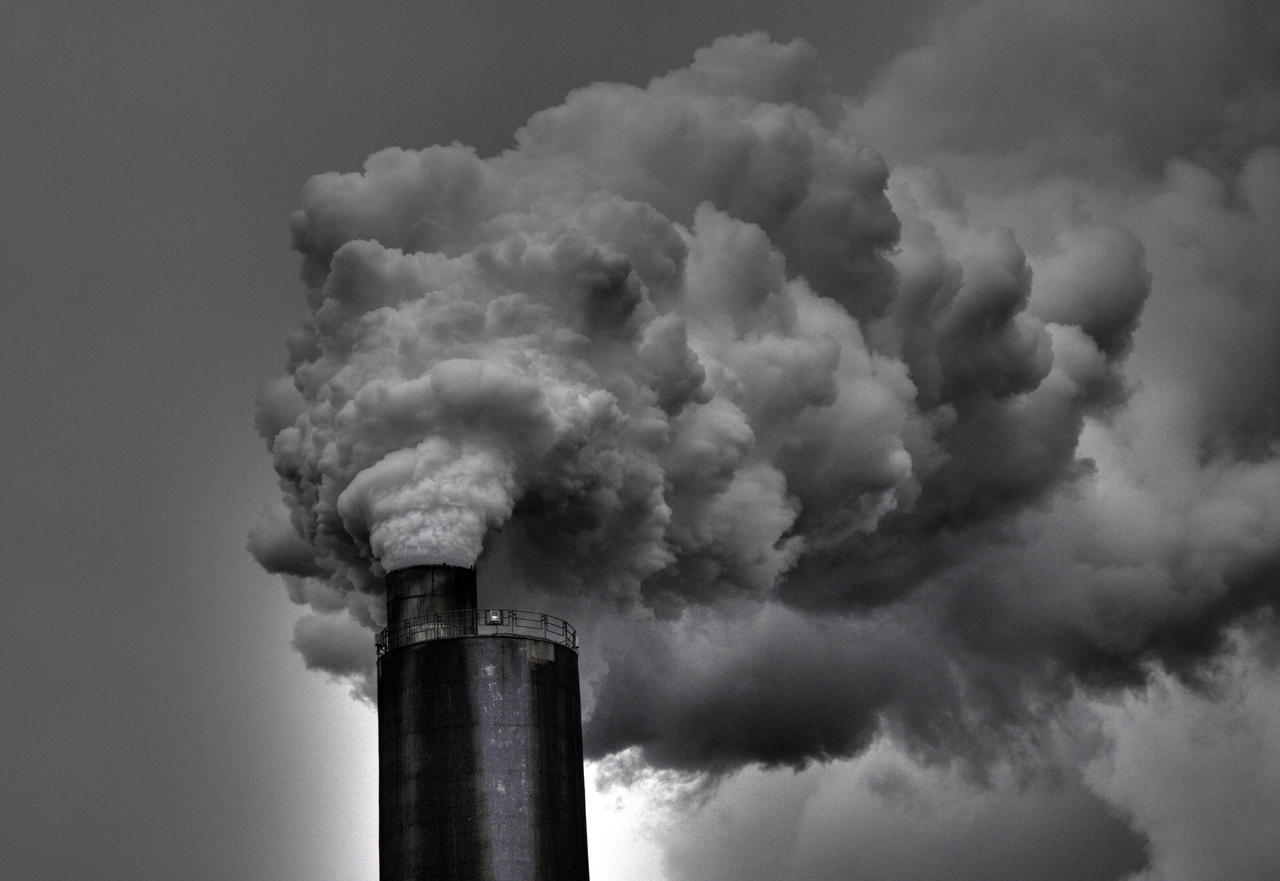Clean energy surpasses coal and we all win
Too much clean energy will bring the grid down and cause blackouts, naysayers said. Turns out they were wrong. Since mid-March the western electric grid has been powered by up to 90% clean energy, depending on the hour, while coal plants have been largely idled. Looking ahead, the U.S. Energy Information Administration forecasts that we have passed the tipping point, with clean energy growing fast and coal declining precipitously. We're seeing today the clean energy grid we expected to see a decade from now. Due to several factors, that future has arrived rapidly and the results are good for Idaho’s air quality and economy.Staying safe by staying home has caused drastic changes to our energy use. Consumption is way down at office buildings and factories, while energy use at home is a bit higher. The result of this shift is around 8% lower energy consumption on average around the country. When we consume less energy to meet our needs, Idahoans save money. For example, in 2019, Idaho Power’s energy-saving programs provided incentives for customers to conserve energy. These programs achieved enough savings to serve 18,000 homes without generating extra power, meaning Idaho Power didn’t have to spend any extra money. The benefit of avoiding the cost to generate this power was twice what it cost to provide the incentives, a solid net positive return for the utility. Idahoan’s behavior in response to the stay safe orders delivered even more savings, keeping our power costs affordable while reducing climate pollution. Even more empowering, you have the ability to continue to directly combat climate change and pad your pocketbook by making simple changes at home. Using more clean energy and less coal saves us money. Today, new clean energy is much cheaper than running coal plants and even natural gas plants with record low methane costs. How do we know this? Well, Idaho Power is telling the Public Utilities Commission that in the coming year they expect to use 34% less coal, meaning it will comprise only 16% of their total portfolio. Part of this is due to ICL’s work causing Idaho Power to exit half the Valmy coal plant at the end of 2019. Of the remaining coal plants, Idaho Power reports that they are just too expensive to meet our own energy needs, or to sell into the wholesale market. This is what the clean energy transition looks like – less coal and cheaper clean energy, all while remaining reliable.Clean energy really is low-cost, and projects continue to be built during this economic situation. Late in 2019, Idaho Power signed a deal with the Jackpot Solar project here in Idaho, for the record low price of about $21 per megawatt-hour. Just last week El Paso Electric announced new solar plants, with battery storage to address the need for stability and power when the sun goes down, at about the same price. By contrast, Idaho utilities assume new natural gas (aka methane) plants cost more than three times as much, from $70 to $150. Low-cost clean energy is why Rocky Mountain Power continues to build wind projects in Wyoming right now, putting people to work. We recognize the COVID-19 stay at home orders have caused major disruptions to Idaho families and businesses. As we recover from this public health and economic crisis, the experiences over the last few months show us that clean energy can be the core of our ability to move toward the future we want. We need you to take action in two ways:Tell Congress that economic recovery legislation can create jobs while prioritizing clean energy over fossil fuels. Tell the Idaho PUC that you expect them to encourage the development of low-cost, reliable solar and storage projects in Idaho to save Idahoans money and increase our state's energy self-reliance. Idaho Power customers, submit your personalized comment here! Public comment deadline is Wednesday, July 22nd, 2020.

